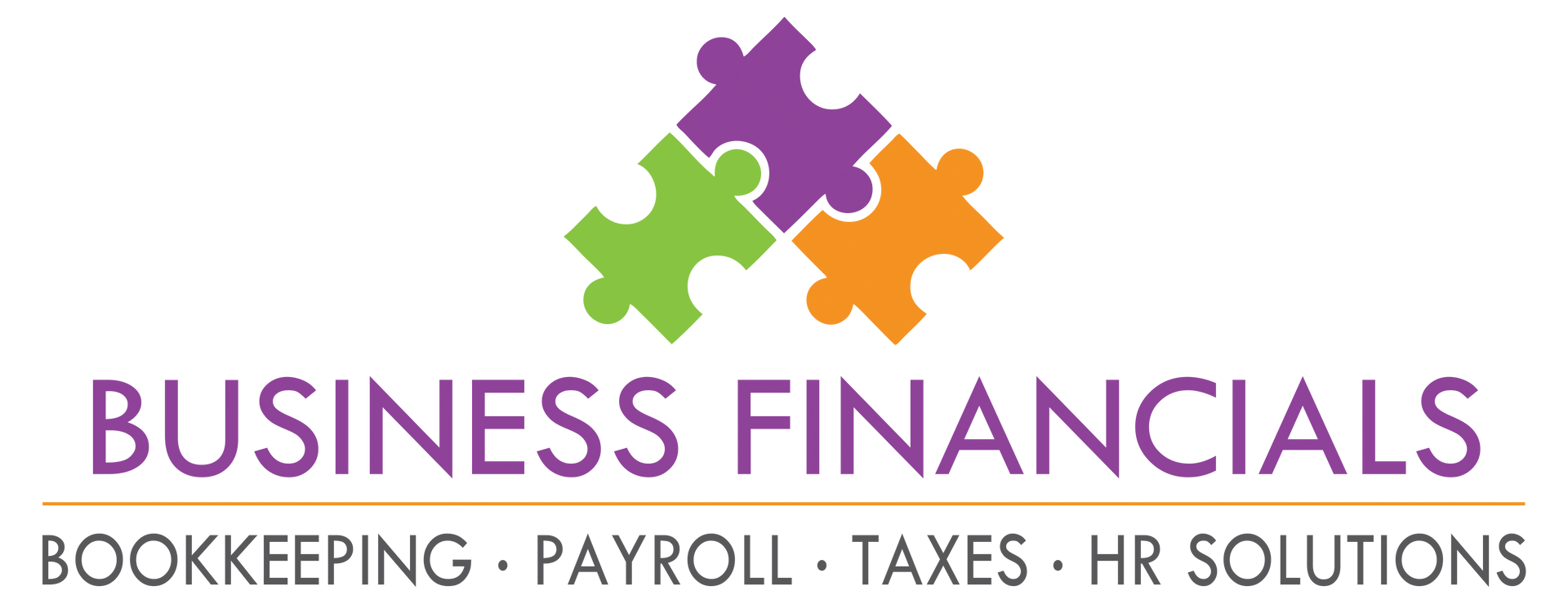How Does Facial Recognition Work?
With faster processing, higher security and full integration with our time and attendance software, Vision offers an intelligent solution for modern timekeeping.
SPEED
A faster processor means shorter shift changes. With Vision, facial recognition is nearly instant, and authentication takes less than a second. This ensures employees can start their shift without taking extra time at the clock.
SECURITY
Vision features advanced security so that employee biometric data is encrypted and unshareable.
It also has built-in biometric consent so that employers can comply with new laws requiring employee consent to use biometric data. Compliance with biometric consent laws is already required in California, Texas and a growing number of additional states.
Facial recognition provides additional security to help you avoid buddy punching and other forms of time theft.
CONVENIENCE
Vision requires only a face to authenticate so there is no need to carry a fob or card, and no need to remember PINs or passwords.
It also works in environments that are tough on fingerprints. Industries like hospitality, construction and manufacturing are notoriously hard on fingerprints, yet these environments are most in need of fast and accurate biometric authentication. With Vision, no fingerprints are needed, and say goodbye to cards, fobs and PINs.
In addition, Vision works in low-light environments, and is portable when using battery backup for remote offsite clocking.
Of course, Vision will accept PIN authentication where facial recognition is difficult.
ENGAGEMENT
Vision allows you to create custom clock prompts to engage employees at punch in. Clock prompts can deliver notifications to an entire shift. Many employers are using the prompts to screen employees for symptoms of illness. This reminds employees to be mindful of their health and its impact on the workplace.
INTELLIGENT CLOCK FEATURES ELIMINATE ERRORS
The Vision time clock helps prevent punch errors by only presenting logical clocking options based on the current state of each employee. Employees who have yet to clock in will only see clock in options. Employees who have clocked in will only see options for meals, breaks or clocking out.
With intelligent clock options, employees are less likely to make punch errors that lead to payroll mistakes.
COMPLIANCE
With biometric consent, intelligent clock features, and full integration to our time and attendance software, Vision provides the ultimate in compliance. Employers can use clock prompts to ensure the proper classification is assigned to each employee on punch, and time and attendance records are updated in real time.
THIS ARTICLE IS FOR GENERAL INFORMATION PURPOSES ONLY. BUSINESS FINANCIALS, INC. (BFI) IS NOT ISSUING SPECIFIC FINANCIAL OR TAX ADVICE. PLEASE CONSULT WITH A LICENSED FINANCIAL PLANNER, TAX ATTORNEY, OR ACCOUNTANT FOR ASSISTANCE WITH YOUR SPECIFIC SITUATION. IF YOU NEED HELP, WE INVITE YOU TO CONTACT US. WE WILL BE HAPPY TO MAKE RECOMMENDATIONS OR REFER YOU TO A LICENSED PROVIDER WHO MAY BE BEST SUITED FOR YOUR SITUATION.


Email: info@businessfinancials.net
Phone: (540) 932-8560
Fax: (540) 932-8564
2353 Jefferson Hwy
Waynesboro, VA 22980



